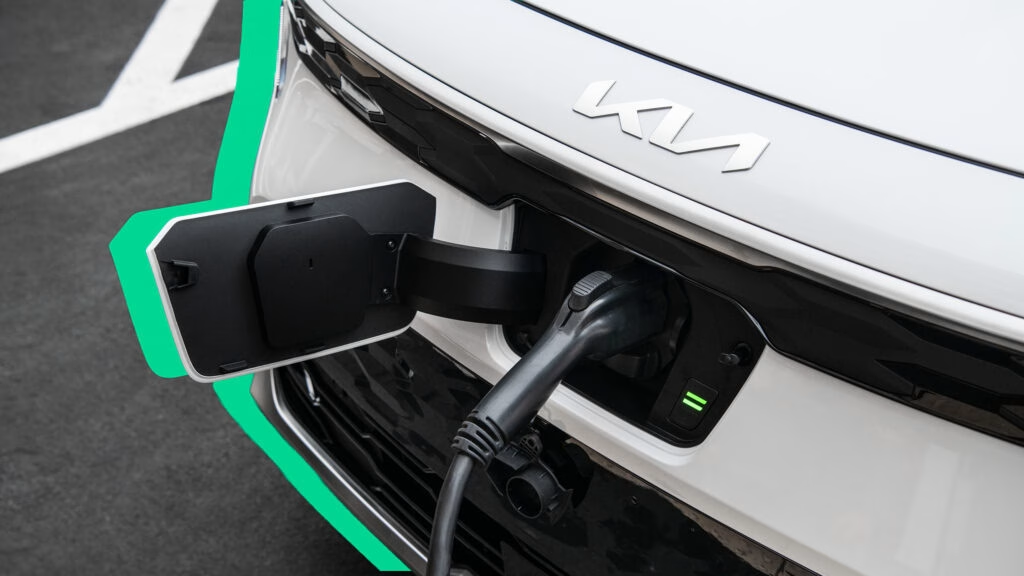Why Are EV Sales Slowing Down in 2025?
If you’ve been following the electric vehicle (EV) market in the US, you might have noticed a surprising trend: despite all the hype, sales growth is barely inching forward. Americans bought 607,100 EVs in the first half of 2025, up just 1.5% from the same period last year, according to Cox Automotive. That’s a far cry from the double-digit surges we saw just a couple of years ago. Even more telling, Q2 sales actually dropped 6.3% compared to last year.
What’s behind this slowdown? For one, early adopters have already made the switch, and mainstream buyers are proving harder to convince. Concerns about charging infrastructure, battery range, and higher upfront prices haven’t magically disappeared. Add in economic uncertainty and the looming expiration of federal tax credits, and you’ve got a recipe for hesitation. The result? Some automakers are feeling the pinch—hard.
Which Brands Are Struggling Most With EV Sales?
Let’s not sugarcoat it: several big names are taking a beating. Kia’s EV sales nosedived 54% to just 13,600 units in the first half of 2025. The EV6 and EV9, once seen as strong contenders, saw their deliveries nearly halved. The Niro EV? Down a staggering 68%. Ouch.
Mercedes isn’t faring any better. Its EV sales collapsed by 55%, and if not for the relatively steady EQB (down only 8%), things would look even grimmer. The EQE and EQS models saw sales tumble 75% and 80%, respectively. Rivian, a darling of the startup world, also hit a rough patch—overall sales fell 30%, with the R1T pickup dropping 47%.
Other notable losers include the Audi Q4 e-tron (down 39%), Genesis G80 Electrified (down 45%), and BMW i5 (down 30%). Even Tesla, which still commands a whopping 46% of the EV market, saw sales slip 11%. The Model 3 was the lone bright spot, up 38%, but the Cybertruck’s Q2 sales plummeted by 51%. Not exactly the moonshot many expected.
Are Any Automakers Actually Winning?
It’s not all doom and gloom. Some brands are bucking the trend, thanks to new models and clever updates. Honda’s Prologue, for example, saw a jaw-dropping 963% increase in sales, riding the wave of pent-up demand and fresh interest. Chevrolet’s EV lineup exploded, with the Equinox and Blazer driving a 130% year-over-year jump. Cadillac and GMC also posted triple-digit growth, largely thanks to their new Ultium-based SUVs and trucks.
Porsche, Nissan, and Volvo are quietly gaining ground, too. Porsche’s EV sales soared 250%, and Nissan’s Ariya is up 24%. Even Lucid, still a niche player, managed an 18% increase. These brands are proving that with the right product and timing, there’s still room to grow—even in a tough market.
Which EV Models Are Falling Behind—and Which Are Surging?
Drilling down to individual models, the pain points become clearer. Kia’s EV6 and EV9 are both down nearly 50%, and the Niro EV is off by more than two-thirds. Mercedes’ EQE and EQS are in freefall, while Rivian’s R1T and R1S are both down sharply.
On the flip side, the Chevrolet Equinox EV is a breakout star, with sales jumping from just over 1,000 units last year to nearly 28,000 in H1 2025. Honda’s Prologue is another standout, as is the GMC Hummer EV, which more than doubled its sales. Tesla’s Model 3 is holding strong, up nearly 38%, while the Model Y—still the best-selling EV in the US—has seen sales slip 24% but remains a volume leader.
What’s Driving These Divergent Results?
It’s a classic case of market shakeout. Some automakers are struggling to keep their EVs fresh and relevant, while others are capitalizing on new launches and improved technology. The brands seeing growth are those introducing new models that hit the sweet spot on price, range, and features—or those with strong brand loyalty and marketing muscle.
Meanwhile, the expiration of federal tax credits is looming large. Once those incentives dry up, expect even more volatility as buyers rush to lock in deals or hold off entirely. Automakers will need to get creative—think aggressive pricing, better financing, and expanded charging networks—to keep momentum alive.
How Do These Trends Affect the Future of EVs in America?
The current numbers are a wake-up call. The EV market isn’t collapsing, but it’s definitely entering a new phase—one where growth is harder won, and only the most competitive brands and models will thrive. For consumers, that means more choices and, hopefully, better deals as automakers fight for attention.
For the industry, it’s a moment to regroup. Expect to see more investment in charging infrastructure, battery tech, and customer education. The brands that adapt quickly will come out ahead, while those that rest on their laurels risk fading into the background.
The big takeaway? Winning in the EV market isn’t about perfection—it’s about smarter adjustments. Start with one change this week, and you’ll likely spot the difference by month’s end.

